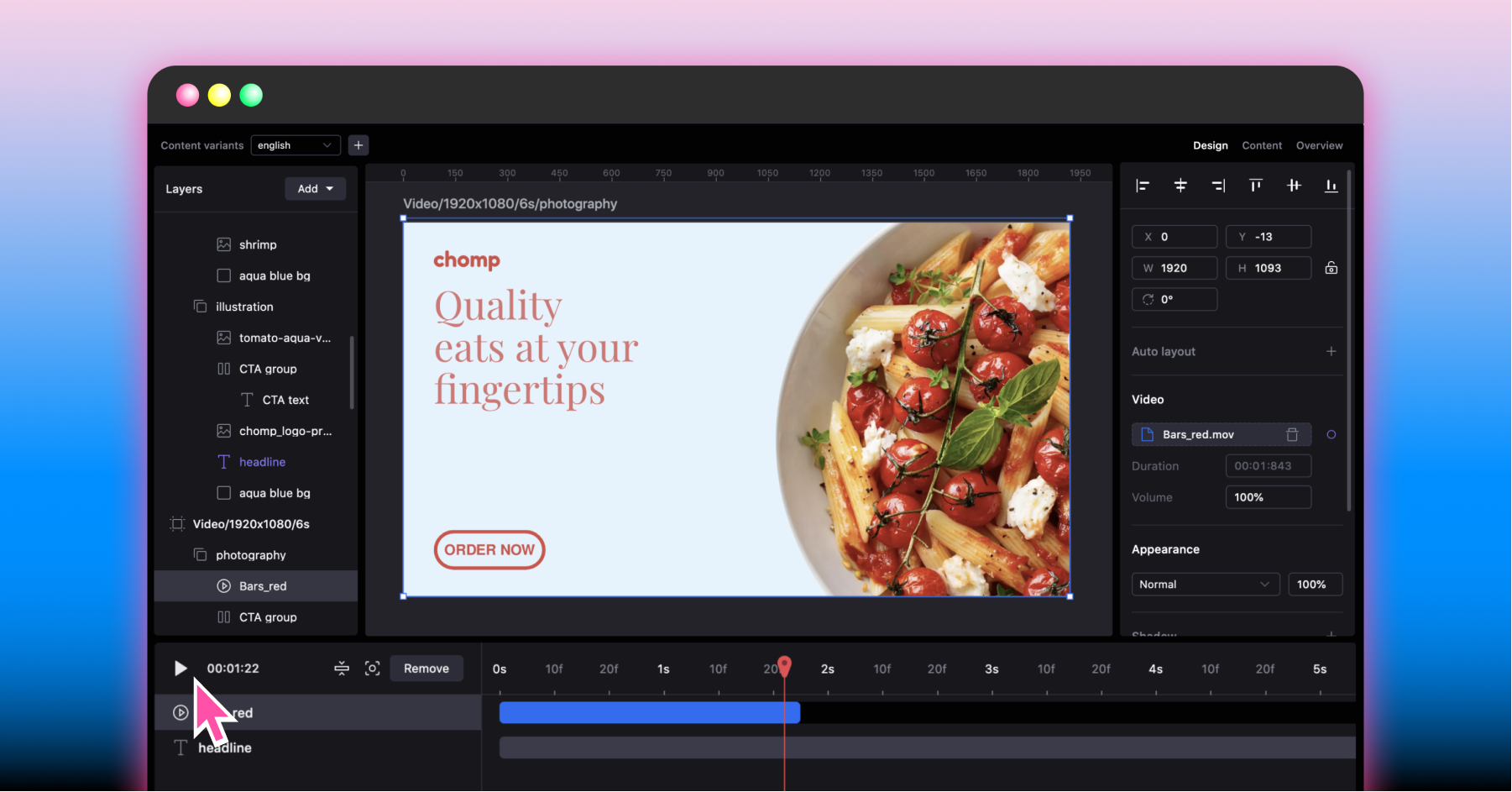Celtra: Complete Buyer's Guide
Enterprise-focused AI creative automation platform
Celtra is an enterprise-focused AI creative automation platform that transforms fragmented, manual creative production into scalable, brand-compliant ad generation for digital channels[130][132].
Market Position & Maturity
Market Standing
Celtra operates in the enterprise segment of a market projected to grow from $2.48B (2024) to $35.12B (2034), representing 29.98% compound annual growth rate[12].
Company Maturity
The vendor's market maturity is evidenced by large-scale enterprise implementations requiring substantial investment commitments.
Growth Trajectory
Unilever's $15M investment in partnership with WPP represents the scale of major enterprise deployments, validating Celtra's ability to handle complex, global creative automation requirements[137][139].
Industry Recognition
Industry recognition comes through documented customer success rather than third-party awards, with multiple case studies demonstrating measurable business outcomes.
Strategic Partnerships
Strategic partnerships and ecosystem positioning focus on integration with major advertising platforms and enterprise martech stacks.
Longevity Assessment
Long-term viability indicators include the substantial customer investment commitments and multi-year implementation timelines that characterize enterprise deployments.
Proof of Capabilities
Customer Evidence
Unilever's comprehensive enterprise deployment represents Celtra's most significant capability validation, with the global consumer goods company investing $15M in partnership with WPP for full modular production transition[137][139].
Quantified Outcomes
South China Morning Post achieved documented efficiency transformation, reducing creative production time by 70% and increasing campaign output from 1-2 to 5-6 monthly campaigns[138].
Case Study Analysis
inDrive's rapid deployment showcased SMB implementation potential, achieving campaign delivery timeline reduction from 2 weeks to 3-5 days with 15× efficiency improvement[143].
Market Validation
Customer retention and satisfaction metrics include vendor-reported 89% likelihood to recommend and 100% renewal intent, though these metrics require independent verification and methodology context[136].
Competitive Wins
Puma's performance marketing success demonstrated measurable business impact through 4× ROAS improvement for Meta catalog ads using dynamic creative optimization and AI-powered template iterations[144].
Reference Customers
Enterprise customers include Unilever, Spotify, and Adidas, demonstrating substantial market penetration in the high-value enterprise segment[132][133].
AI Technology
Celtra's AI foundation centers on generative adversarial networks (GANs) that auto-generate creatives from historical user data, combined with performance prediction capabilities that map historical data to brand-specific taxonomies[130].
Architecture
The platform's technical architecture emphasizes enterprise-grade integration capabilities, offering direct publishing to major demand-side platforms (DSPs) and social platforms[141][147].
Primary Competitors
Primary competitive alternatives include VidMob and CreativeX.
Competitive Advantages
Celtra's competitive advantages center on modular template systems and enterprise-grade workflow integration.
Market Positioning
Celtra's competitive positioning emphasizes enterprise-grade capabilities that differentiate from SMB-focused alternatives like AdCreative.ai.
Win/Loss Scenarios
Win scenarios favor Celtra when organizations require enterprise-scale creative production (500+ monthly creatives), have existing technical infrastructure for API integrations, and can commit 6-8 months for comprehensive implementation.
Key Features

Pros & Cons
Use Cases
Integrations
Featured In Articles
Comprehensive analysis of AI Digital Ad Creators for AI Design for AI Design professionals. Expert evaluation of features, pricing, and implementation.
How We Researched This Guide
About This Guide: This comprehensive analysis is based on extensive competitive intelligence and real-world implementation data from leading AI vendors. StayModern updates this guide quarterly to reflect market developments and vendor performance changes.
148+ verified sources per analysis including official documentation, customer reviews, analyst reports, and industry publications.
- • Vendor documentation & whitepapers
- • Customer testimonials & case studies
- • Third-party analyst assessments
- • Industry benchmarking reports
Standardized assessment framework across 8 key dimensions for objective comparison.
- • Technology capabilities & architecture
- • Market position & customer evidence
- • Implementation experience & support
- • Pricing value & competitive position
Research is refreshed every 90 days to capture market changes and new vendor capabilities.
- • New product releases & features
- • Market positioning changes
- • Customer feedback integration
- • Competitive landscape shifts
Every claim is source-linked with direct citations to original materials for verification.
- • Clickable citation links
- • Original source attribution
- • Date stamps for currency
- • Quality score validation
Analysis follows systematic research protocols with consistent evaluation frameworks.
- • Standardized assessment criteria
- • Multi-source verification process
- • Consistent evaluation methodology
- • Quality assurance protocols
Buyer-focused analysis with transparent methodology and factual accuracy commitment.
- • Objective comparative analysis
- • Transparent research methodology
- • Factual accuracy commitment
- • Continuous quality improvement
Quality Commitment: If you find any inaccuracies in our analysis on this page, please contact us at research@staymodern.ai. We're committed to maintaining the highest standards of research integrity and will investigate and correct any issues promptly.